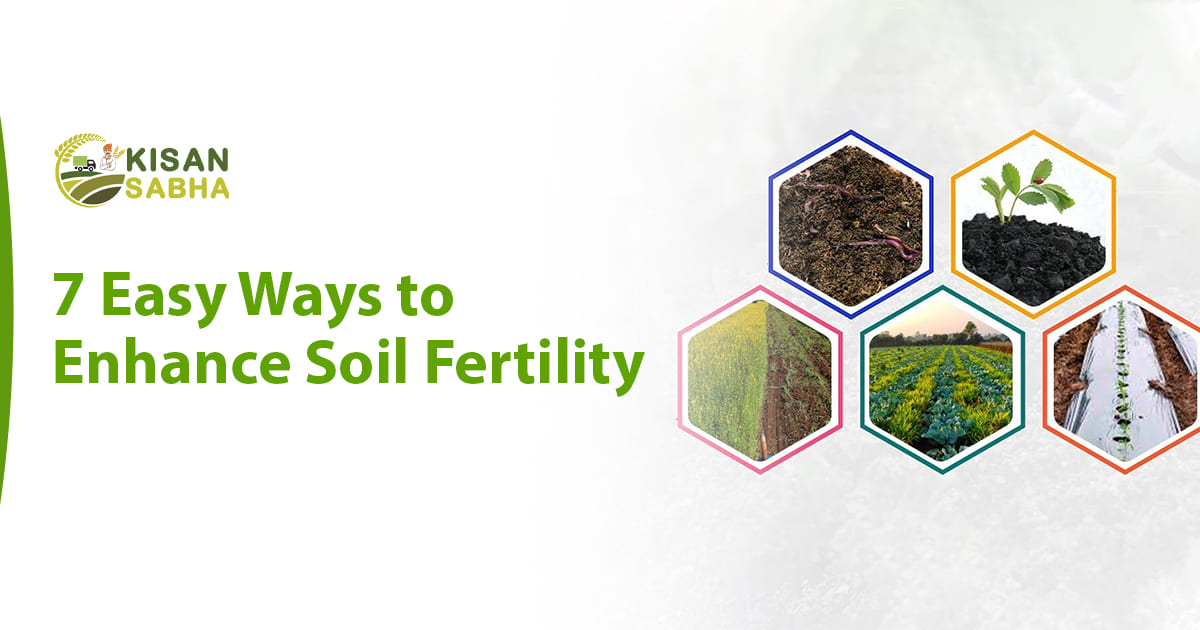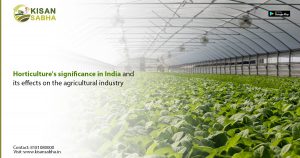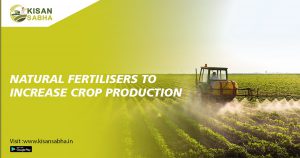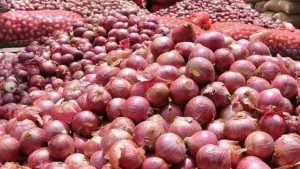Soil fertility is an essential factor in agriculture and plant growth. The soil can provide nutrients, water, and air to plants. Various factors influence soil fertility, including soil type, climate, and human activities. Soil depletion is a major problem affecting soil fertility, leading to low agricultural productivity. This article will discuss easy techniques for increasing soil fertility to improve agricultural productivity.
Composting
Composting is an effective way to increase soil fertility. It involves decomposing organic matter, such as food waste, leaves, and grass clippings, into a rich soil amendment. Composting adds essential nutrients to the soil, such as nitrogen, phosphorus, and potassium. It also improves the soil’s structure and water-holding capacity, which enhances plant growth.
Composting is a simple process that people can do at home or on a large scale. To start composting, you need a compost bin or pile. You can make this bin from wood, plastic, or metal. Next, add organic matter to the bin or pile, including food waste, leaves, grass clippings, and manure. Mix the organic matter with water and air to promote decomposition. Composting can take several weeks to several months, depending on the size of the compost pile and the environmental conditions.
Crop Rotation
Crop rotation is a technique that involves planting different crops in the same field each year. This practice helps to prevent soil depletion and build soil fertility. Different crops have different nutrient requirements, and planting a variety of crops helps to balance soil nutrient levels. Crop rotation also helps to control pests and diseases and reduces the need for synthetic fertilizers and pesticides.
Crop rotation is a simple technique done by farmers. To start crop rotation, farmers need to identify the crops they want to plant and the nutrients they require. They should then plan their crop rotation schedule based on the nutrient requirements of the crops. For example, farmers can rotate nitrogen-fixing crops, such as legumes, with crops that require nitrogen, such as corn. Crop rotation can also help to control pests and diseases. For example, farmers can rotate crops that are susceptible to a particular pest or disease with crops that are resistant to it.
Cover Cropping
Cover cropping involves planting crops that are grown specifically to improve soil health. Farmers typically plant these crops during the offseason or between cash crops. Cover crops help to prevent soil erosion, improve soil structure, and increase soil organic matter. They also add nitrogen to the soil, reduce weed growth, and provide habitat for beneficial insects.
Also Read:- How To Maintain Farm Profitability?
Mulching
Mulching involves adding a layer of organic material, such as leaves, straw, or wood chips, to the soil surface. Mulch helps to retain soil moisture, suppress weed growth, and regulate soil temperature. It also adds organic matter to the soil as it decomposes, improving soil fertility. Mulching is a simple technique that can be done by farmers. To start mulching, farmers need to select the mulch material they want to use based on their soil type and crop requirements. They should then spread the mulch over the soil surface, leaving a small space around the plant stem. Apply mulch in a layer of 2-3 inches for effectiveness. Replenish mulch every year to maintain its effectiveness.
Intercropping
Intercropping involves planting different crops in the same field at the same time. This practice helps to maximize the use of available resources, such as sunlight, water, and nutrients. Intercropping also helps to reduce soil erosion, control pests and diseases, and increase soil organic matter.
Green Manure
Green manure involves planting crops, such as legumes, that are grown specifically to improve soil fertility. These crops are typically grown during the offseason or between cash crops and are plowed back into the soil while still green. Green manure adds nitrogen to the soil, improves soil structure, and increases soil organic matter.
Synthetic Fertilizers
Synthetic fertilizers are chemical compounds that are added to the soil to improve soil fertility. They typically contain nitrogen, phosphorus, and potassium, which are essential nutrients for plant growth. While synthetic fertilizers can be effective in increasing soil fertility, they can also have negative environmental impacts, such as water pollution and soil degradation.
Conclusion
Soil fertility plays an essential role in agricultural productivity, and farmers can employ various techniques to increase it. Natural methods like composting, crop rotation, cover cropping, mulching, intercropping, and green manure effectively improve soil fertility. While farmers can use synthetic fertilizers, they should apply them judiciously to minimize negative environmental impacts. Implementing these techniques allows farmers to enhance soil fertility, boost crop yields, and promote sustainable agriculture.





